✓ Handpicked Luxury Stays in Budget on 🏡 booking.com
com/landmarks/oceania-landmarks/landmarks-of-australia/”>landmarks in Africa, you’d know there are quite a few of them are here in Cameroon.
Cameroon, a land of diversity and rich cultural heritage, is adorned with countless landmarks that offer a glimpse into its glorious past and promising future.
From the majestic Mount Cameroon to the mesmerizing Waza National Park, these landmarks stand tall as a testament to the country’s natural beauty, history, and cultural significance.
Join me on a journey through Cameroon’s iconic landmarks and explore the magic of this fascinating African country.
1. Mount Cameroon
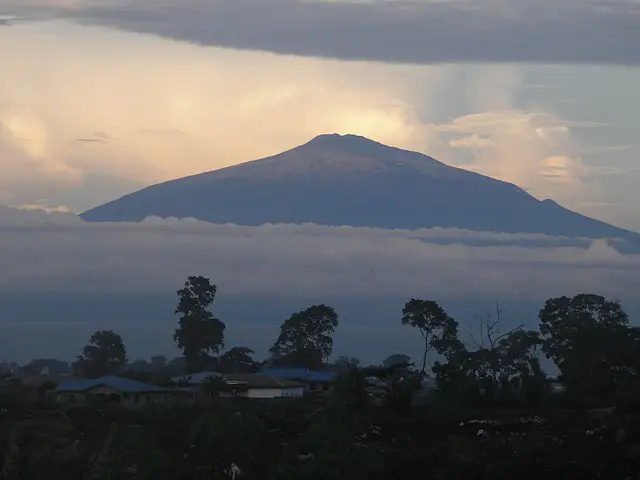
Mount Cameroon is an active volcano and the highest peak in West Africa, with an elevation of 4,095 meters.
What to see or do: Take a guided trek up the mountain and marvel at sweeping views of the coastal plains and surrounding landscape.
The trek takes between two to three days to complete, passing through dense vegetation, waterfalls and natural springs along the way.
Don’t miss: The sunrise from the summit, which is a breathtaking sight to behold.
You can also spot endangered species such as the Preuss’s red colobus monkey and chimpanzees in the surrounding forests, making for a thrilling wildlife experience.
Insider travel tips: – Ensure that you have a licensed guide for your trek up the mountain, as the path can be challenging and difficult to navigate.
2. Limbe Botanic Garden
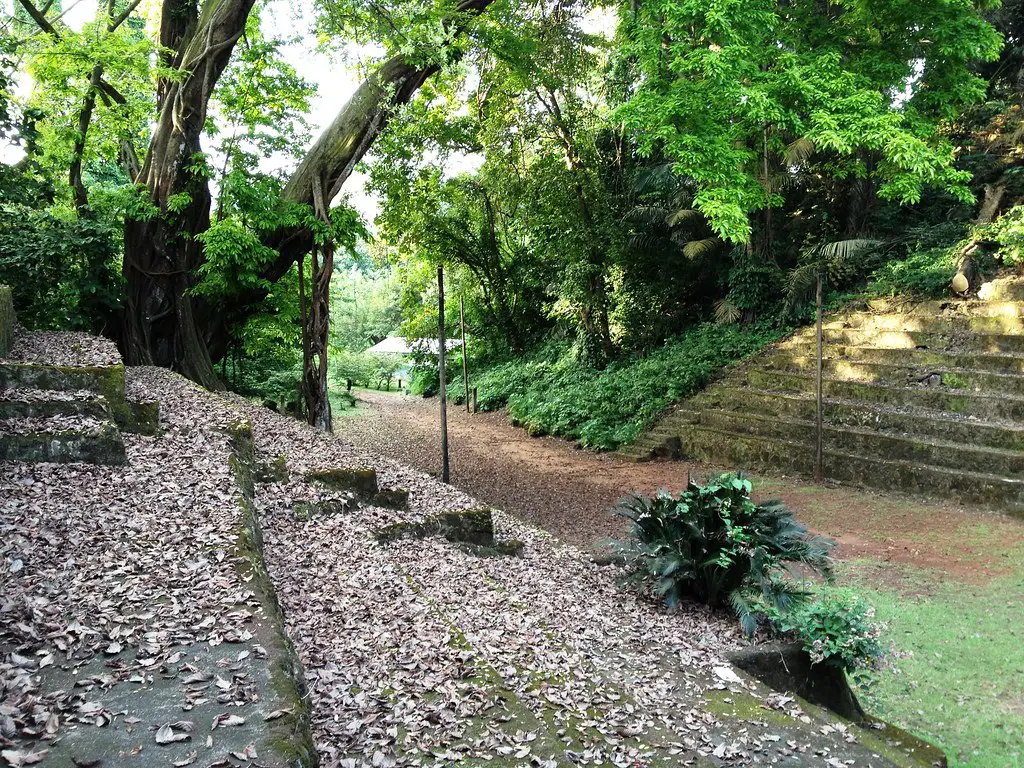
Limbe Botanic Garden is a lush tropical garden situated in Limbe, Cameroon, that spans across 44 hectares.
What to see or do: This stunning garden is home to over 3,000 plant species, including exotic flora and medicinal plants. Visitors can take a guided tour of the garden, which lasts about an hour and a half.
Along the tour, visitors can see a variety of gardens, including an orchid garden, a palm garden, a medicinal garden, and a butterfly garden.
Don’t miss: Don’t miss out on the chance to see the endangered gorillas and chimpanzees that inhabit the surrounding Limbe Wildlife Centre. You can also learn about local culture and history at the on-site museum.
Insider travel tips: Visit early in the morning or later in the afternoon to avoid the heat of the day.
3. Bamenda Ring Road
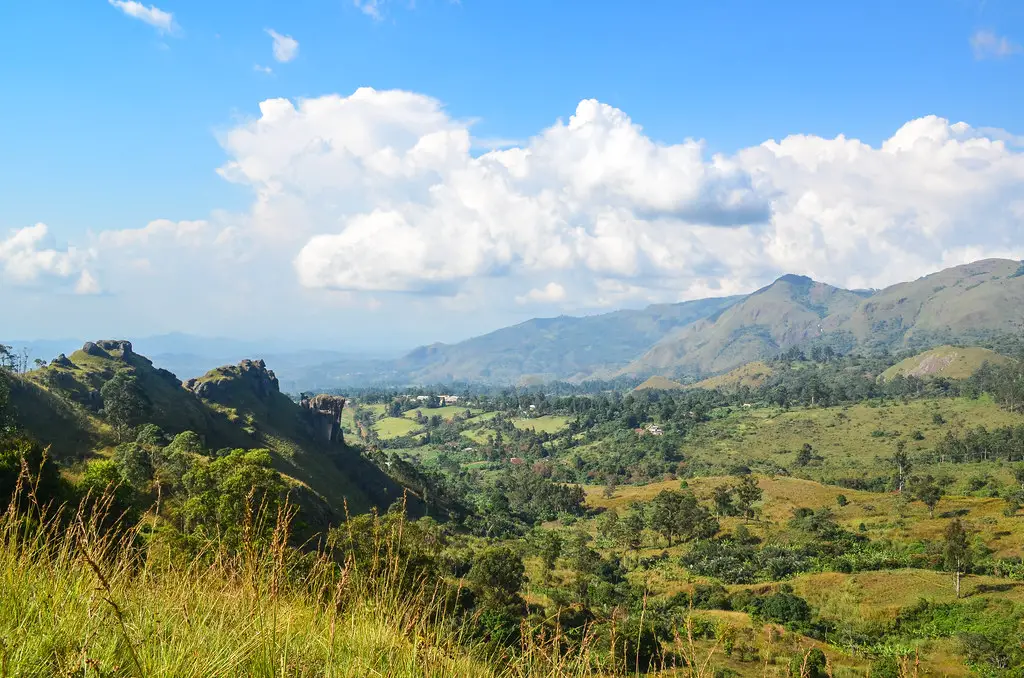
Bamenda Ring Road is a scenic route that circles the city of Bamenda in the northwest region of Cameroon.
What to see or do: Take a drive or bike ride along the route to see stunning landscapes of rolling hills and valleys, dotted with traditional villages and towns.
Along the way, you’ll pass numerous markets selling local produce and crafts, as well as some breathtaking viewpoints.
Don’t miss: Make a stop at Lake Awing, a picturesque crater lake surrounded by lush vegetation and perfect for a refreshing swim.
Also, be sure to visit the Chomba Waterfalls, a set of three waterfalls cascading into a gorge, with the largest one providing a stunning 20-metre drop.
Insider travel tips: The best time to visit is during the dry season (December to March), as the road can become muddy and difficult to navigate during the rainy season.
Also, be prepared for long drives and bumpy roads, as the route is still being developed and is not yet fully paved.
And finally, don’t forget to interact with the locals, who are known for their warm hospitality and vibrant culture.
4. Douala Central Mosque
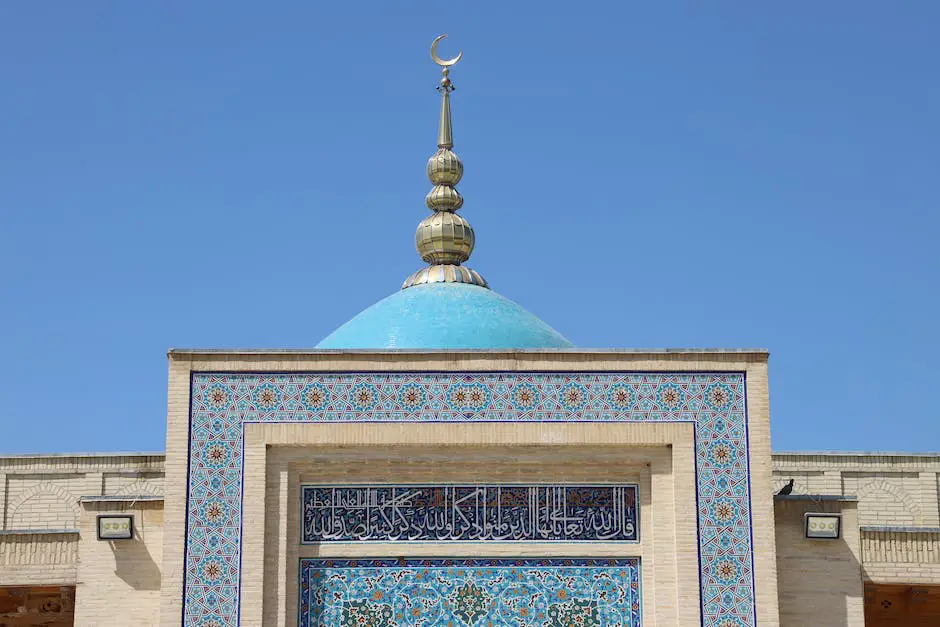
Douala Central Mosque is a beautiful mosque located in the heart of Douala, the largest city in Cameroon.
What to see or do: Visitors can admire the mosque’s stunning architectural details, including its dazzling white facade and impressive minaret. The interior is also worth exploring, featuring intricate calligraphy and colorful mosaics.
Don’t miss: Take the time to join the local Muslim community for prayer. The atmosphere is both peaceful and immersive, providing visitors with a unique perspective on Islamic culture and tradition.
Insider travel tips: – Dress conservatively when visiting the mosque.
5. Bimbia Slave Trade Port

Bimbia Slave Trade Port is a historical site in Cameroon that was once a bustling hub for the Atlantic slave trade.
What to see or do: Visitors can explore the ruins of the slave trade port, including the slave dungeon and the “Door of No Return.
” They can also learn about the history of the site and the slave trade in Cameroon at the on-site museum.
Don’t miss: A visit to the beach near the port where slaves were loaded onto ships to be transported to the Americas. It’s a somber reminder of the horrors of the slave trade.
Insider travel tips: Be sure to hire a guide who can provide a comprehensive history of the site and answer any questions. It’s also important to respect the solemnity of the site while exploring.
6. Douala Port
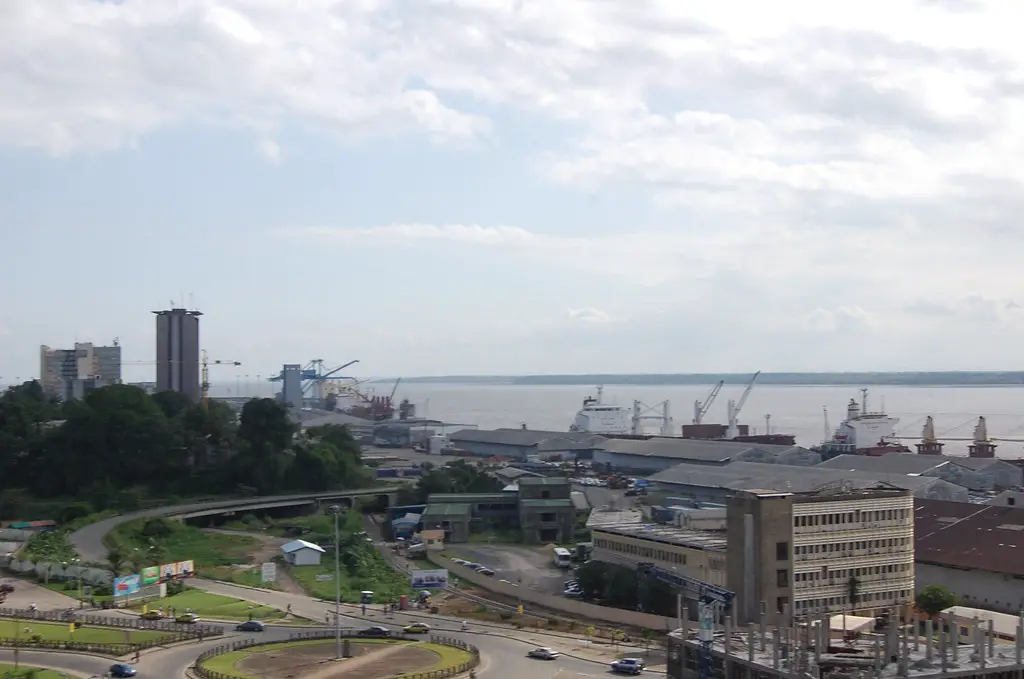
Douala Port is the largest and busiest seaport in Cameroon, located close to the Gulf of Guinea.
What to see or do: While not a typical tourist destination, visitors can observe the busy activities of the port, including the loading and unloading of cargo ships and boats.
There are also several markets nearby where you can buy seafood, fresh produce, and souvenirs.
Don’t miss: If you’re interested in learning more about the history of Douala and its importance as a trading hub, make sure to visit the Maritime Museum, located near the port.
You can also take a ferry from the port to the nearby island of Manoka to relax on the beach or explore the local fishing villages.
Insider travel tips: Be prepared for heavy traffic and congestion in the area surrounding the port.
If you’re planning to visit the nearby markets, be sure to bring plenty of cash and be prepared to haggle for the best prices.
Also, keep in mind that the port can be quite noisy and chaotic, so if you’re seeking a more relaxing atmosphere, consider visiting one of Douala’s many parks or beaches instead.
7. Tiko Beach
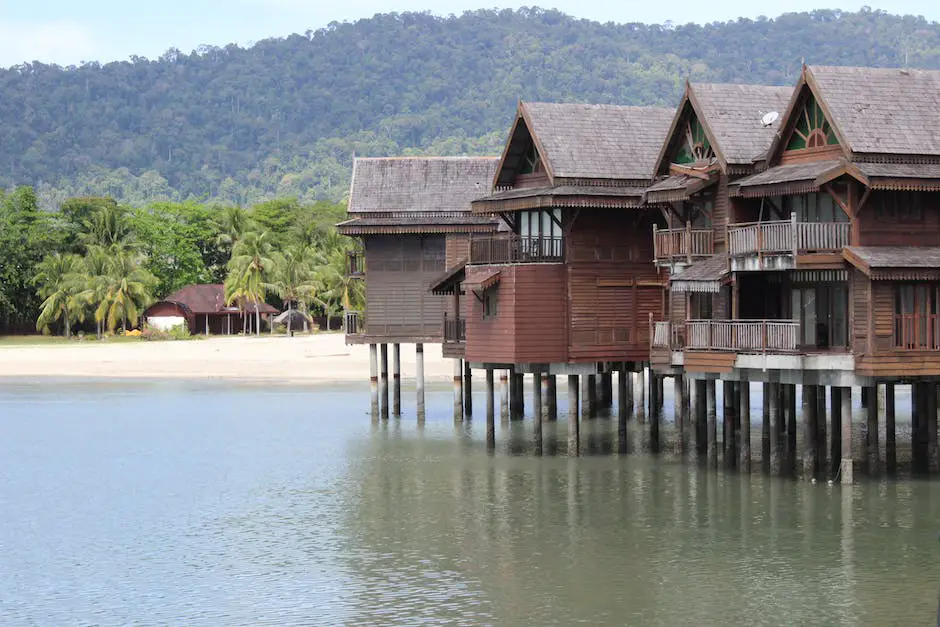
A gorgeous white sandy beach in Tiko town in Cameroon.
What to see or do: Tiko Beach is the ideal spot to relax and soak up the sun. Take a dip in the clear blue water and go for a swim.
You can also go for a walk along the beach and enjoy the stunning landscape. If you’re feeling adventurous, there is a variety of water sports available.
Don’t miss: Sunset views at Tiko Beach are simply breathtaking. Be sure to stick around long enough to watch the sun go down behind the horizon over the water.
Insider travel tips: Plan your visit to Tiko Beach in the early morning or late in the afternoon to avoid the midday heat. It’s also recommended to bring your own refreshments and food as there are limited options available at the beach.
Additionally, make sure to wear sunscreen and a hat to protect yourself from the scorching sun.
8. Kribi Lighthouse
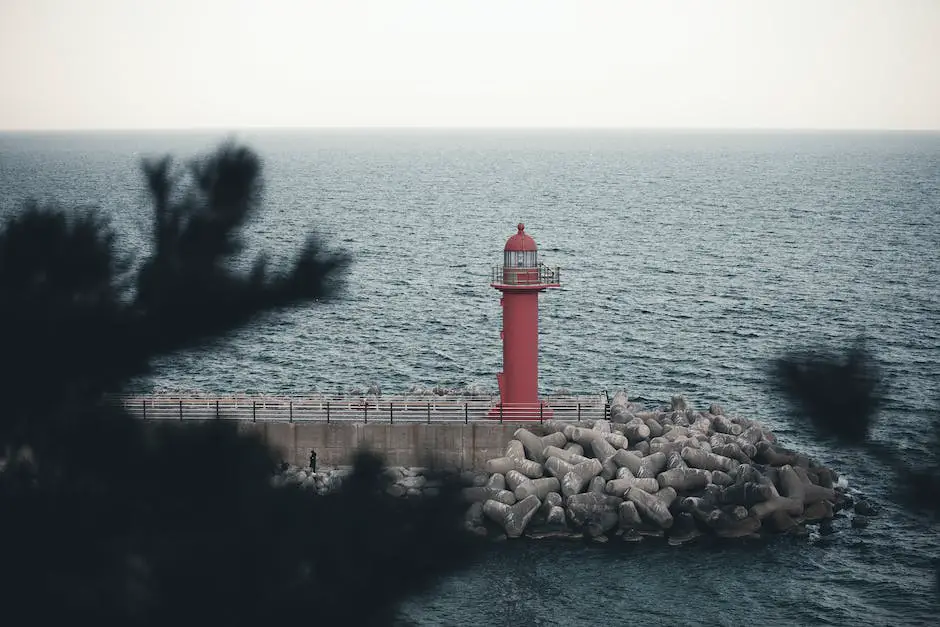
Located in the beach town of Kribi in Cameroon, the Kribi Lighthouse is a historic structure that marks the entrance to the Kribi River.
What to see or do: Visit the lighthouse for stunning views of the Atlantic Ocean and the surrounding landscape. Check out the small museum inside to learn about the history of the lighthouse and the town of Kribi.
Don’t miss: Take a walk along the picturesque Kribi Beach and take in the amazing scenery. You can also go on a boat tour of the Kribi River and get up close to the lighthouse.
Insider travel tips: Plan your visit to Kribi during the dry season from November to February for the best weather. Be sure to bring sunscreen and insect repellent for your trip.
Try the local seafood dishes available at the beachfront restaurants.
9. Bamenda Market
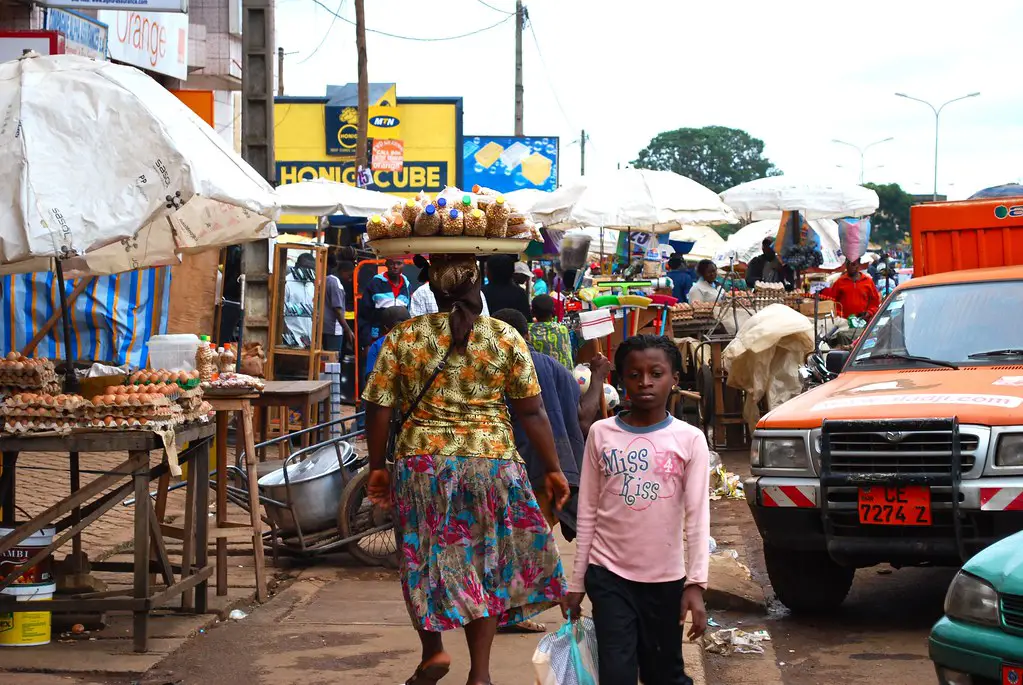
Colorful and lively local market located in the heart of Bamenda city, Cameroon.
What to see or do: Witness the hustle and bustle of daily Cameroonian life, and shop for an array of goods ranging from fresh produce, textiles, clothing, jewelry, and crafts.
Don’t miss: Sampling local snacks such as puff-puff, roasted plantains, and grilled meat.
Insider travel tips: Take cash with you as most vendors do not accept credit cards, and be prepared to bargain for prices as it is expected in the local culture.
Keep a close eye on your belongings in the crowded market.
10. Reunification Monument
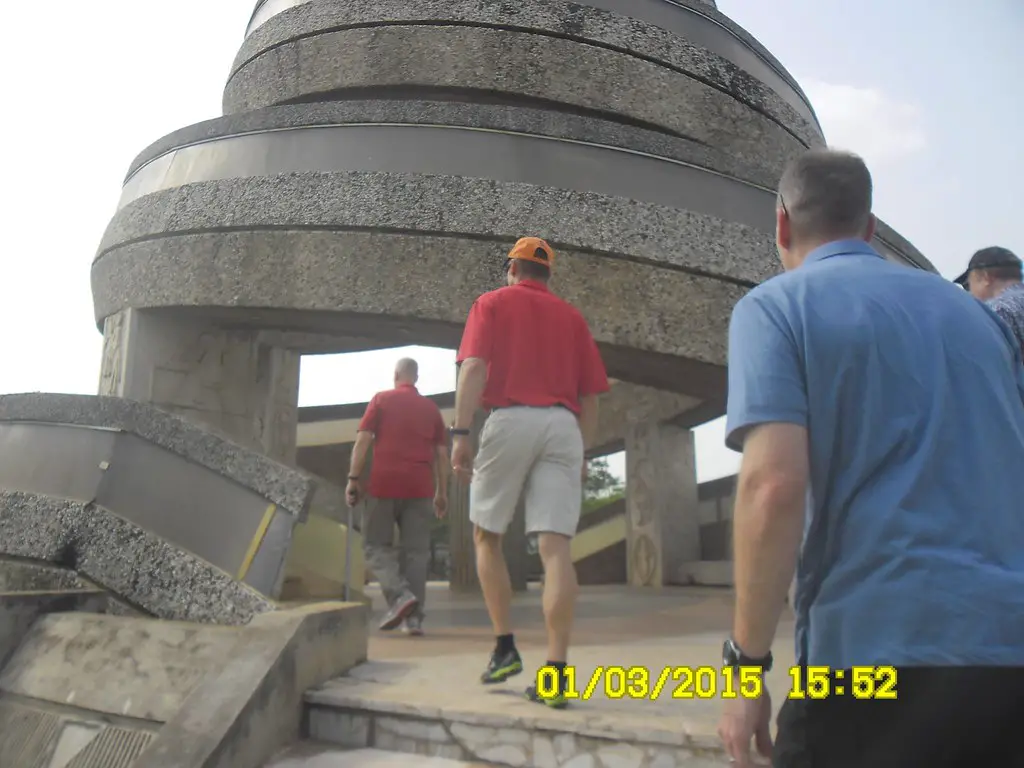
A monumental statue in Ho Chi Minh City, Vietnam, dedicated to the reunification of Vietnam after the Vietnam War.
What to see or do: Visitors can see the towering monument and surrounding plaza, which features impressive sculptures and gardens. The monument is also illuminated at night, creating a stunning spectacle.
Don’t miss: The nearby War Remnants Museum, which presents a sobering view of the Vietnam War through exhibits and artifacts. Another worthwhile stop is the nearby Notre-Dame Cathedral, which offers a glimpse into Vietnam’s French colonial history.
Insider travel tips: The Monument and surrounding area can get crowded, so try to visit during quieter times, such as early in the morning or late in the evening.
Additionally, be sure to respect the cultural and historical significance of the site by dressing appropriately and behaving respectfully. Finally, bring a camera to capture the striking visuals of the monument and its surroundings.
11. Foumban Palace
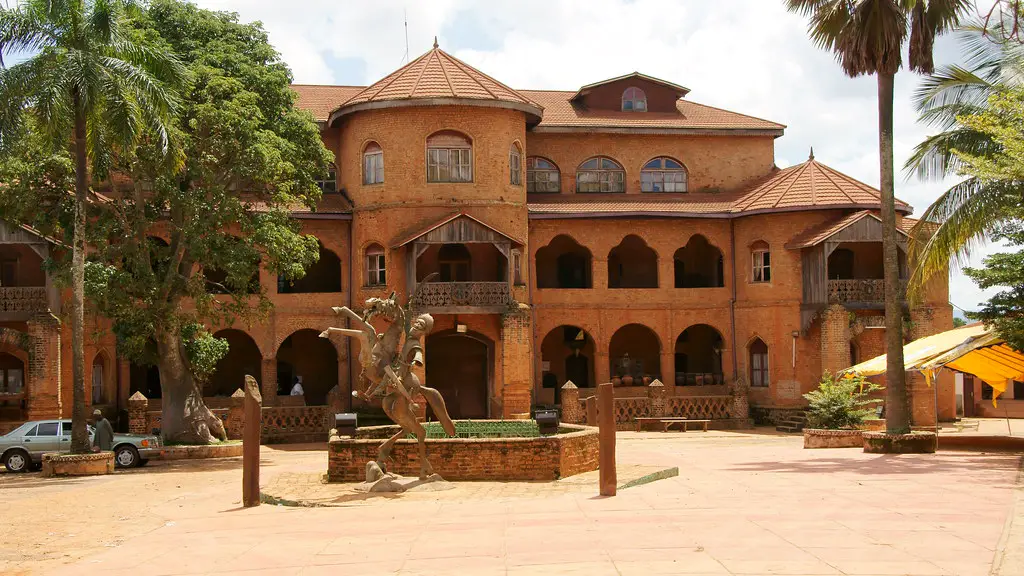
A historic palace located in Foumban, Cameroon, that was once the residence of the Bamoun kings.
What to see or do: Visitors can explore the palace and its various rooms filled with intricately-carved furnishings, sculptures, and artwork. The palace also features a museum with displays of traditional Bamoun clothing, musical instruments, and more.
Don’t miss: The throne room, which boasts an ornate ceiling and a large carved wooden throne. Visitors can also see the palace’s central courtyard, which is surrounded by colonnades and features a large fountain.
Insider travel tips: It’s recommended to hire a guide to fully appreciate the history and significance of the palace. Visitors should also dress modestly out of respect for the local culture.
12. Lake Nyos
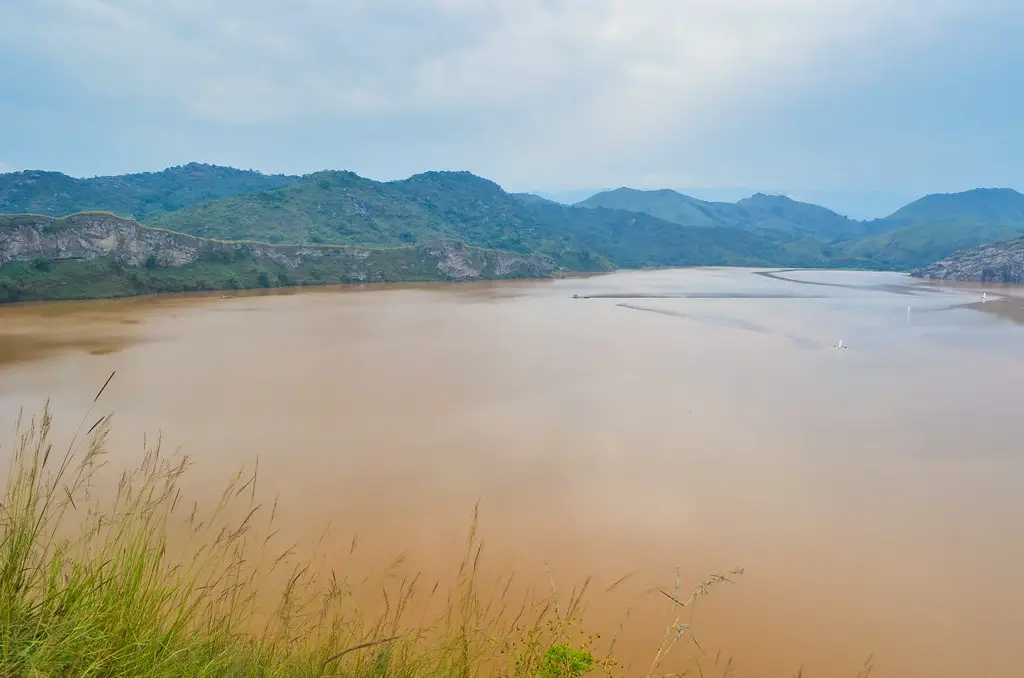
A crater lake located in Cameroon’s Northwest Region.
What to see or do: Visitors can take a boat ride on the lake and explore the surrounding area, which is known for its lush vegetation.
The lake is also a popular spot for fishing.
Don’t miss: The lake’s unique geological features and history, including its deadly limnic eruption in 1986 that killed several hundred people.
Insider travel tips: Visitors should be aware of the potential dangers associated with the lake, including the risk of another limnic eruption. It’s important to follow safety guidelines and warnings from local authorities.
13. La Vallée de Bana
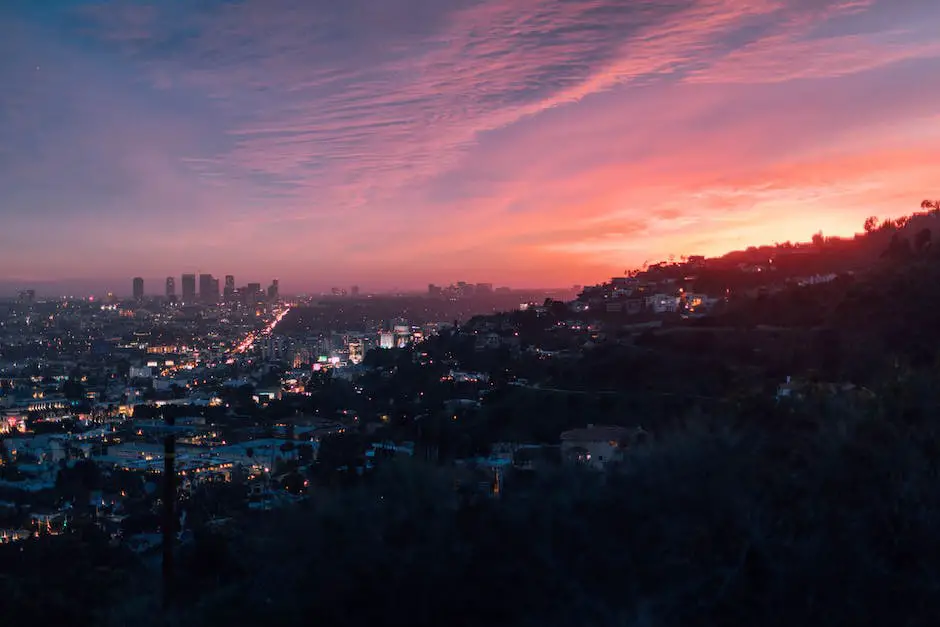
A scenic valley located in Danang, Vietnam.
What to see or do: Enjoy the stunning natural beauty of the valley, hike to the waterfalls, visit the picturesque villages, and indulge in delicious Vietnamese cuisine.
Don’t miss: The Ba Na Hill Station, French Village, and the Golden Bridge.
Insider travel tips: Try to visit during the weekdays to avoid crowds, wear comfortable shoes while hiking, and carry cash as some local shops may not accept credit/debit cards.
14. Tsinga Botanical Gardens
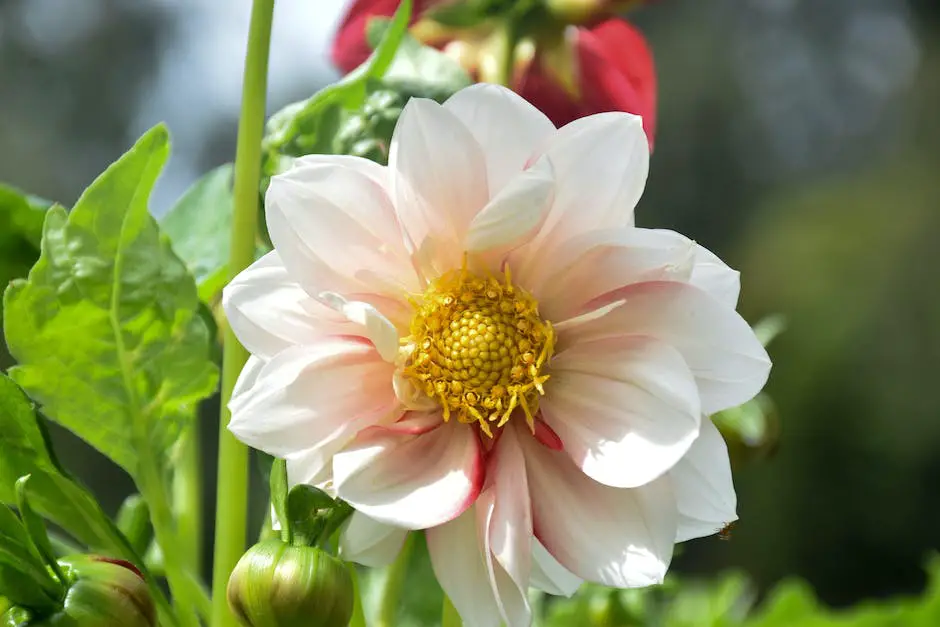
Tsinga Botanical Gardens is a lush oasis located in Libreville, Gabon.
What to see or do: Visitors at Tsinga Botanical Gardens can explore over 10,000 species of plants and flowers spread across 400 hectares of land.
The vast diversity of the gardens makes it a hot spot for botanical research and education, making it a unique destination for tourists and locals alike.
Don’t miss: Make sure to stop by the Canopy Walkway, a suspended wooden bridge that takes visitors through the tree canopy, offering a breathtaking view of the garden landscapes below.
Insider travel tips: Wear comfortable shoes as the gardens are vast and require ample walking. Bring a hat and sunscreen, as the temperatures can be hot during the day.
Make sure to book a guided tour for an in-depth experience of the garden’s history and unique flora and fauna.
15. Mandara Mountains
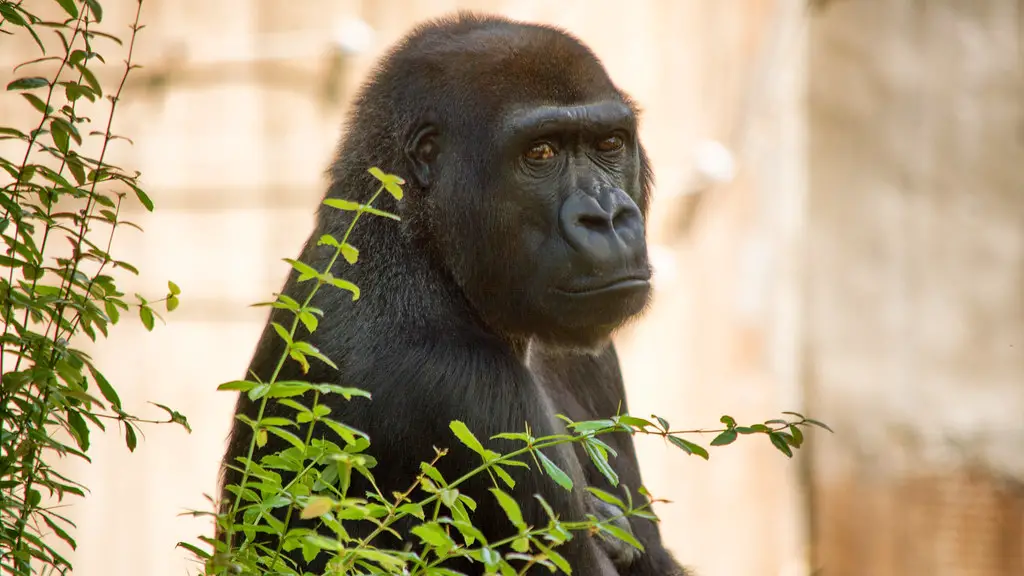
A range of volcanic mountains located in northern Tanzania.
What to see or do: Hike through lush rainforests, spot unique plants and wildlife, and enjoy breathtaking views of the surrounding plains.
Don’t miss: Climbing to the summit of Mount Kilimanjaro, the tallest mountain in Africa, which is also part of the Mandara range.
Insider travel tips: Make sure to bring warm clothing, as temperatures can drop significantly at higher elevations. It’s also recommended to hire a local guide or join a tour group for a safe and enjoyable experience.
16. Ekom Nkam Waterfalls
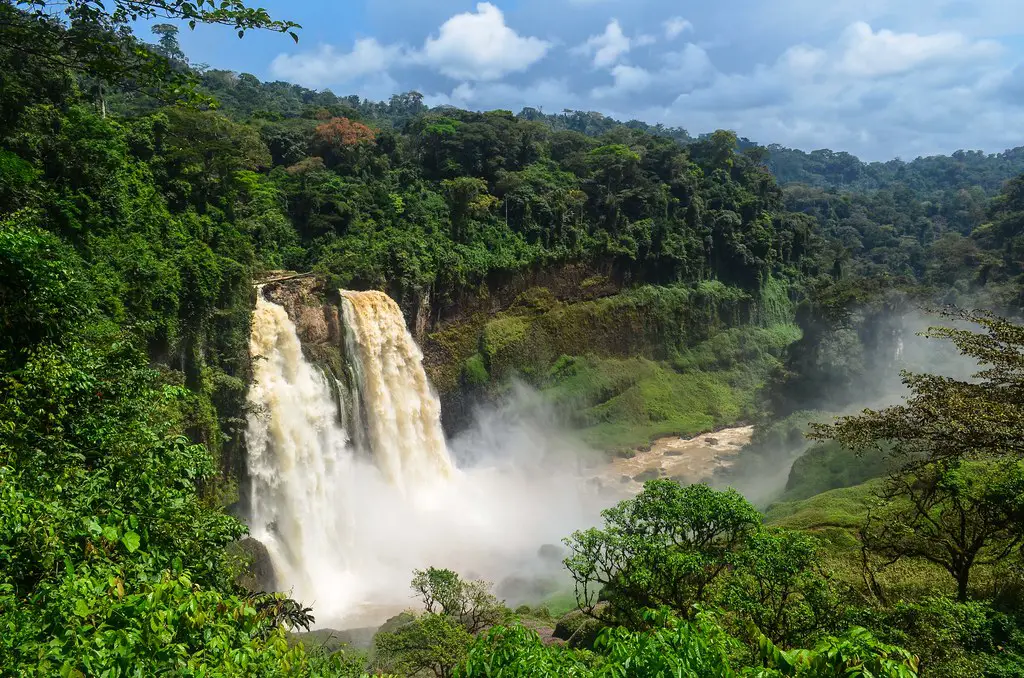
Ekom Nkam Waterfalls is a stunning natural wonder located in the South West region of Cameroon.
What to see or do: Visitors to the falls can enjoy breathtaking views of the cascading waterfalls and take a refreshing dip in the cool pools at the base of the falls.
Don’t miss: Don’t miss the chance to take a hike to the top of the falls for an even more impressive view of the surrounding landscape.
Insider travel tips: Be sure to bring sturdy shoes and bug spray for the hike. It can also be helpful to bring a local guide to help navigate the trails.
The best time to visit the falls is during the rainy season when the water flow is at its strongest.
17. Rhumsiki Peak

Rhumsiki Peak is a stunning mountain located in the Mandara Mountains range in Cameroon. It measures 3,000 meters in height and is famous for its unique formation and rocky surface.
What to see or do: Rhumsiki Peak is a popular destination among adventure seekers, hikers and nature enthusiasts who come to enjoy the breathtaking views from the top.
You can also explore the local villages and markets nearby to experience the culture and traditions of the indigenous people of the area, who are known as the Kapsiki or Higi people.
Don’t miss: Don’t miss the chance to witness the sunrise or sunset from the top of Rhumsiki Peak. The view is simply spectacular and the experience is guaranteed to be unforgettable.
Insider travel tips: – Make sure to hire a local guide to take you on the hike. They are knowledgeable about the area and can provide helpful insights into the local culture and customs.
18. Waza National Park
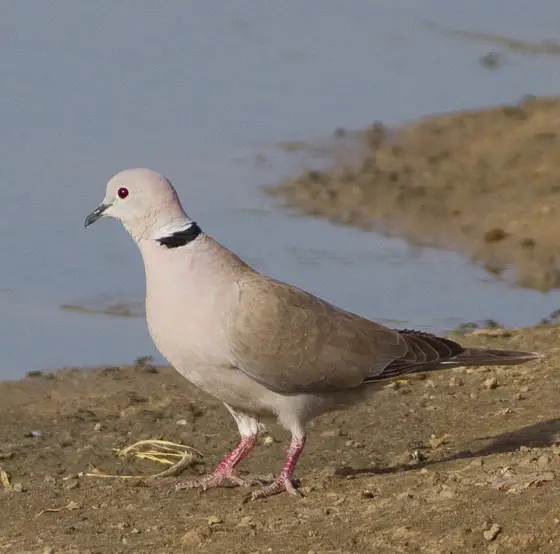
A protected national park located in northeastern Nigeria, known for its diverse wildlife and beautiful landscapes.
What to see or do: Take a safari through the park to see elephants, lions, hyenas, baboons, and many other animals roaming freely in their natural habitat.
Experience the park’s rich cultural heritage by visiting local tribes within the park’s vicinity.
Don’t miss: Visit the Waza Logone Floodplain, where you can witness a stunning range of bird species. Keep an eye out for Balearica pavonina, the national bird of Chad.
Insider travel tips: It’s best to visit Waza National Park during the dry season, which runs from January to April. Bring binoculars, wear comfortable shoes and light clothing, and don’t forget insect repellent.
Also, book a guide beforehand, as the park can be challenging to navigate.
19. Mefou National Park
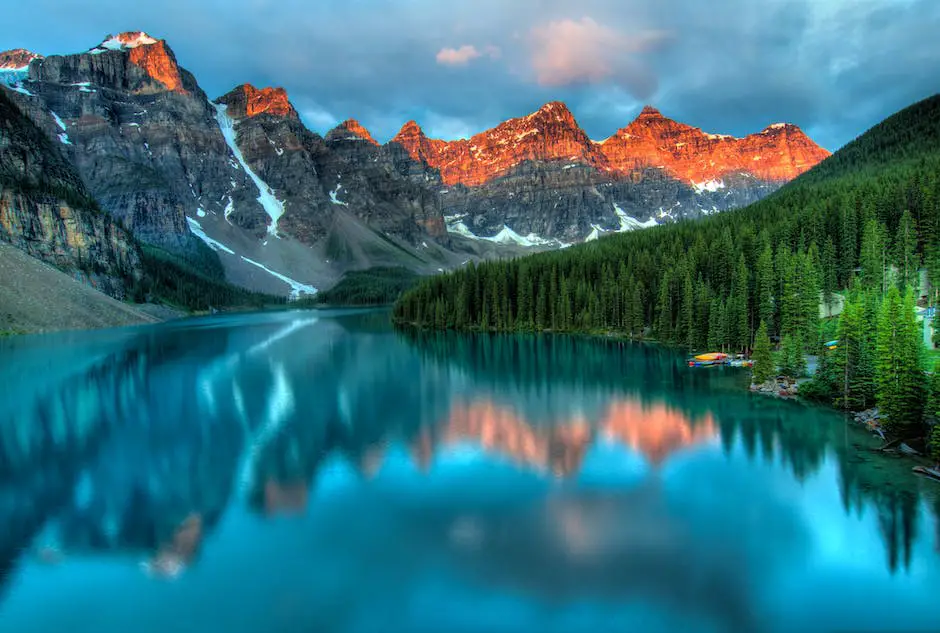
Mefou National Park is a protected area in Cameroon that covers about 100 square kilometers of rainforest.
What to see or do: Visitors to Mefou National Park can experience a unique opportunity to see rescued primates up close in their natural habitats. The park is home to over 300 primates, including chimpanzees, gorillas, and several species of monkeys.
Visitors can take guided walks through the park to spot these animals, but must remain respectful of their space.
Don’t miss: The highlight of Mefou National Park is undoubtedly the experience of seeing primates in their natural habitats.
Visitors shouldn’t miss the chance to witness these animals up close and learn about the conservation efforts that the park is undertaking.
Insider travel tips: – Visitors should make sure to wear comfortable walking shoes and bring plenty of water, as the park can be quite humid and hot.
20. Korup National Park
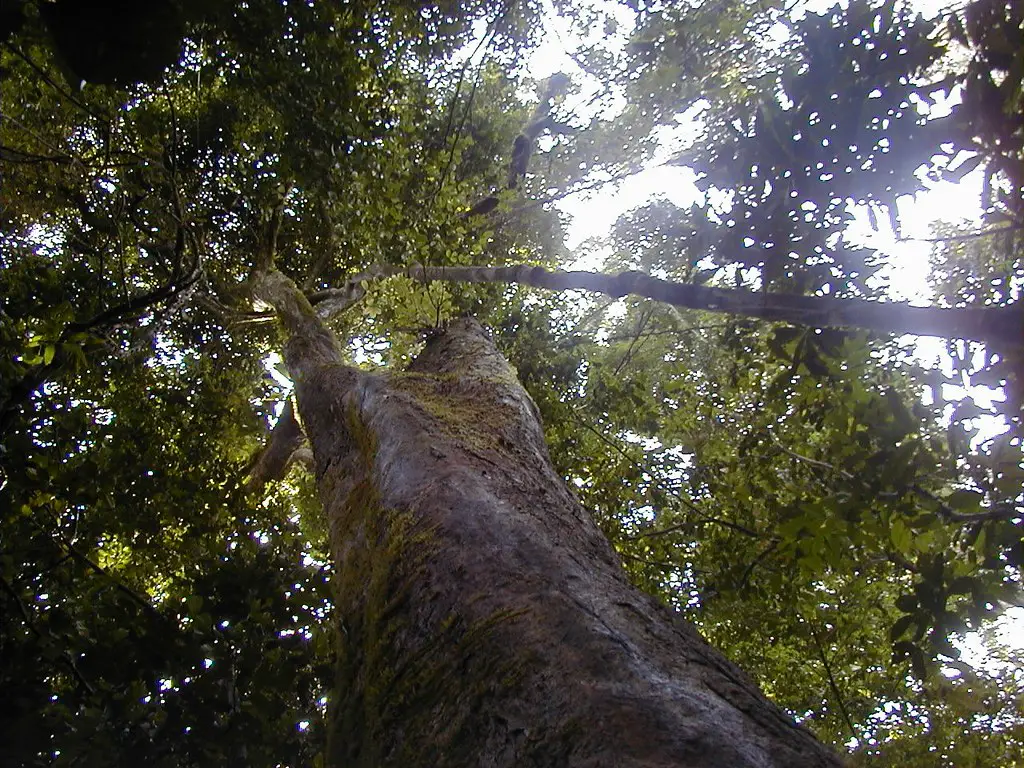
Korup National Park is a protected area of dense rainforest located in southwest Cameroon.
What to see or do: The park offers visitors the opportunity to explore a wide range of flora and fauna, including over 600 bird species, gorillas, chimpanzees, and elephants.
Don’t miss: A visit to the Ekom-Nkam Waterfalls, which stands at a height of 82 meters, is a must-see destination in the park.
Insider travel tips: It is best to visit the park during the dry season (December to March), as the trails can become very muddy and difficult to navigate during the wet season.
Visitors should also come with a guide to fully appreciate the park’s biodiversity and learn about conservation efforts in the area.
21. Lobéké National Park
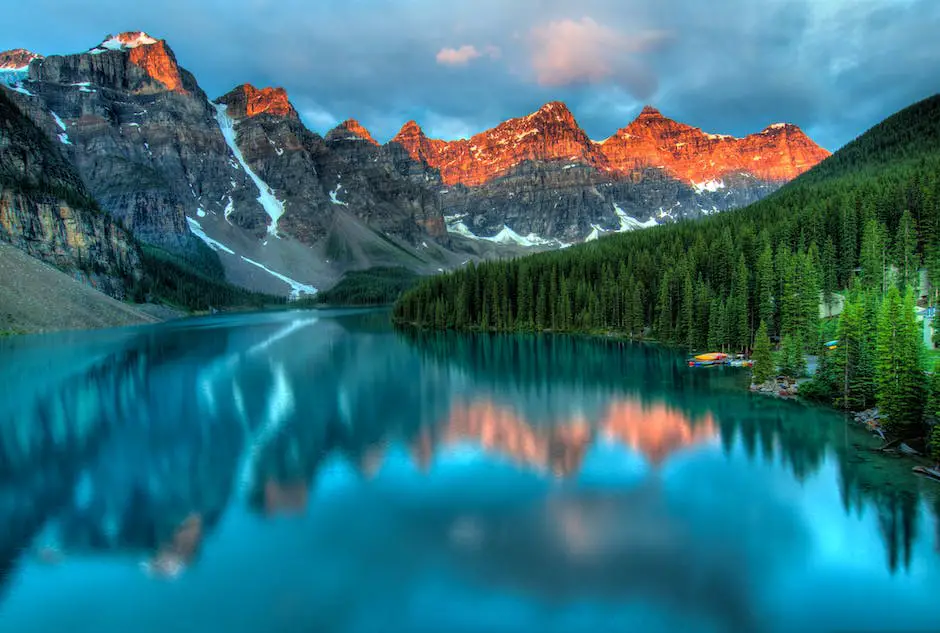
Lobéké National Park is a protected area located in southeastern Cameroon.
What to see or do: Visitors can go on guided tours to explore the jungle, spotting various animals such as elephants, gorillas, chimpanzees, and more. The park offers bird watching, camping, and hiking opportunities.
Don’t miss: The highlight of the park is the opportunity to spot lowland gorillas in their natural habitat. Visitors can go on guided tours to see these majestic creatures up close.
Insider travel tips: – It’s recommended to hire a guide to explore the park and maximize your chances of spotting wildlife.
22. Dja Faunal Reserve

The Dja Faunal Reserve is a protected area in Cameroon, Africa, that covers almost 5,260 square kilometers of land. It was established in 1950 and was designated as a UNESCO World Heritage Site in 1987.
What to see or do: Visitors can explore the diverse ecosystem, including tropical rainforests, savannahs, rivers, and waterfalls. You can observe rare and endangered species like chimpanzees, gorillas, forest elephants, and the elusive bongo antelope.
There are also many species of birds, amphibians, and reptiles to discover, making it a perfect destination for wildlife enthusiasts.
Don’t miss: A guided tour through the reserve, led by experienced park rangers, is a must-do activity.
It will give you a better understanding of the fauna and flora and provide an exciting opportunity to see wild animals in their natural habitat.
Insider travel tips: – The best time to visit Dja Faunal Reserve is during the dry months from November to February when the trails are less muddy and spotting animals is more comfortable.
23. Baka Villages
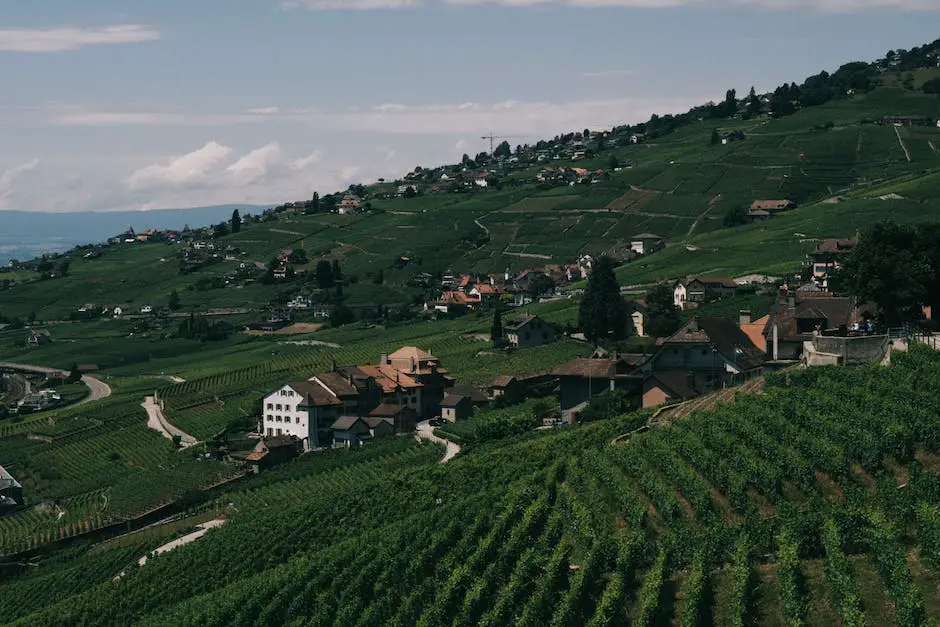
Baka Villages are small communities of indigenous Baka people that inhabit the tropical forests of Central and West Africa.
What to see or do: Visitors can explore the village and learn about the traditional way of life of the Baka people.
You can participate in cultural experiences, such as traditional music and dance performances, hunting and gathering activities, and medicinal plant walks.
Don’t miss: Make sure to try the traditional food, which includes cassava, plantains, and meat from the forest animals. You can also purchase handicrafts made by the locals, such as woven baskets and carved wooden masks.
Insider travel tips: Respect the culture, traditions, and privacy of the Baka people. Hire a local guide who can translate and make sure to ask permission before taking photographs.
Bring insect repellent and comfortable walking shoes as the villages are located in the forest. Be prepared for basic amenities as modern facilities may not be available.
24. Limbe Wildlife Centre
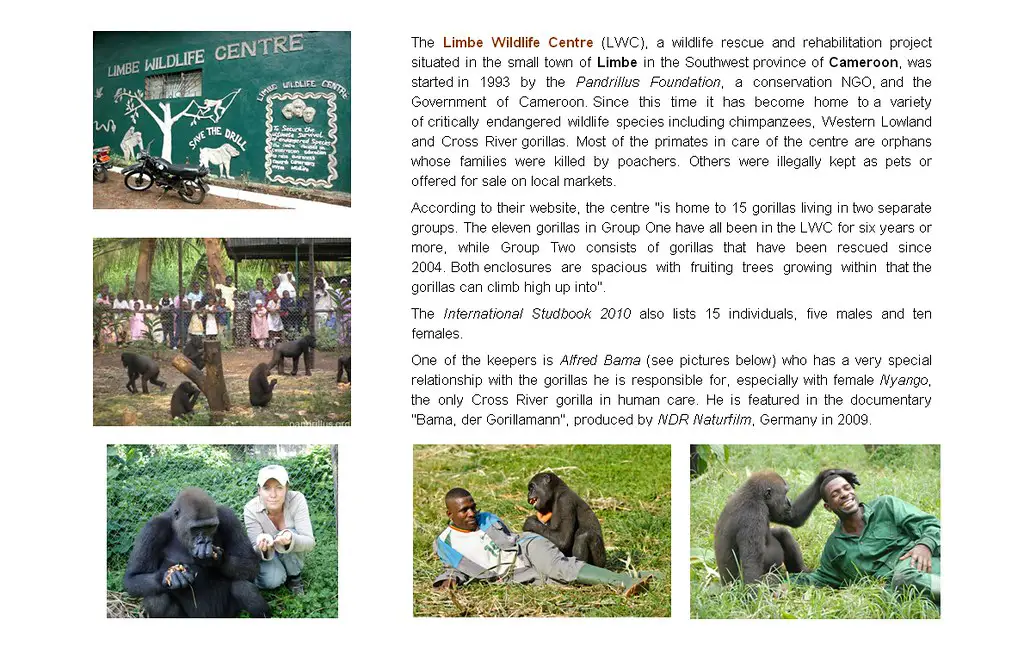
Limbe Wildlife Centre is a non-profit rescue and rehabilitation center for endangered species in Limbe, Cameroon.
What to see or do: Visitors can observe over 200 animals from more than 20 species including gorillas, chimpanzees, mandrills, drills, and many types of monkeys.
You can take a guided tour or explore the park on your own to see the animals in their natural habitats.
Don’t miss: The primate sanctuary is one of the major attractions of Limbe Wildlife Centre. Take a walk along the elevated boardwalk to see many species of primates – the gorillas, chimpanzees, baboons, and mandrills.
You can also observe the rehabilitated animals during feeding times.
Insider travel tips:
25. Maroua Grand Mosque
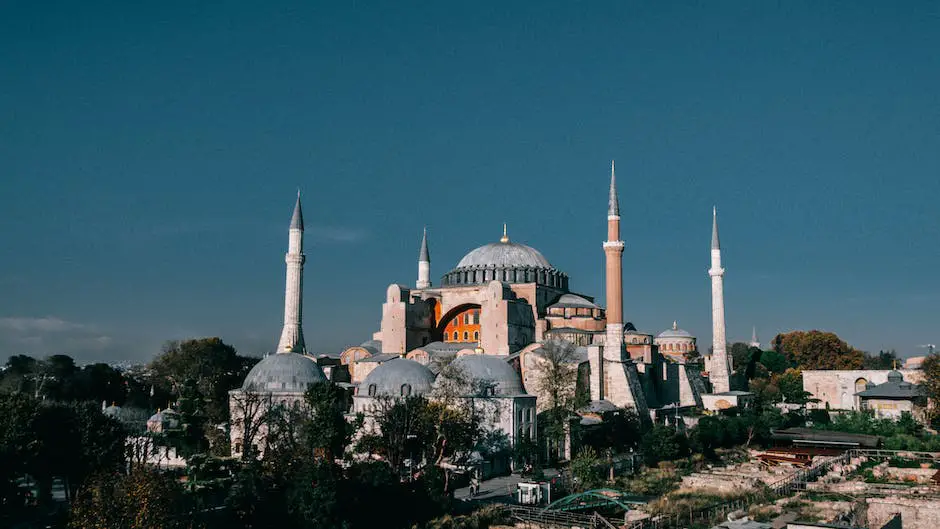
Maroua Grand Mosque is a beautiful mosque located in Maroua, Cameroon.
What to see or do: The mosque is a breathtaking sight to behold with its impressive architecture and intricate designs. Visitors can admire the mosque from the outside and are welcome to explore the interior during designated hours.
Don’t miss: Be sure to take a moment to appreciate the stunning minaret and the intricate details carved into the walls of the mosque.
The colorful tiles and elaborate patterns make for an unforgettable experience.
Insider travel tips: Remember to dress modestly when visiting the mosque and remove your shoes before entering the building. It is also recommended to ask for permission before taking photos inside the mosque.
If possible, try to visit during prayer times to witness and participate in the daily routines of the faithful.
26. Faro National Park
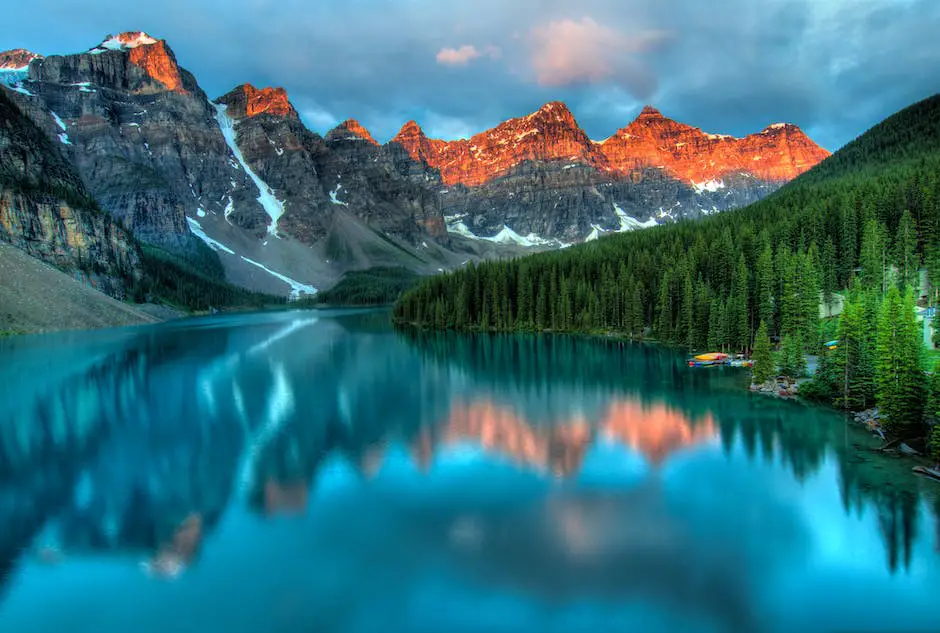
Faro National Park is a protected area in the northern part of the Yukon Territory, Canada.
What to see or do: Visitors can enjoy hiking, camping, fishing, canoeing, and birdwatching in this pristine wilderness. There are several trails and campsites scattered throughout the park, providing plenty of opportunities for exploration.
Don’t miss: The chance to spot wildlife such as grizzly bears, wolves, and moose. Also, don’t miss the scenic Pelly River, which cuts through the heart of the park and offers stunning views.
Insider travel tips: Be sure to bring all necessary supplies as the park is located in a remote area with limited services. Additionally, bug spray is a must-have during the summer months.
Finally, be respectful of the natural environment and pack out all garbage.
27. Maroua Market
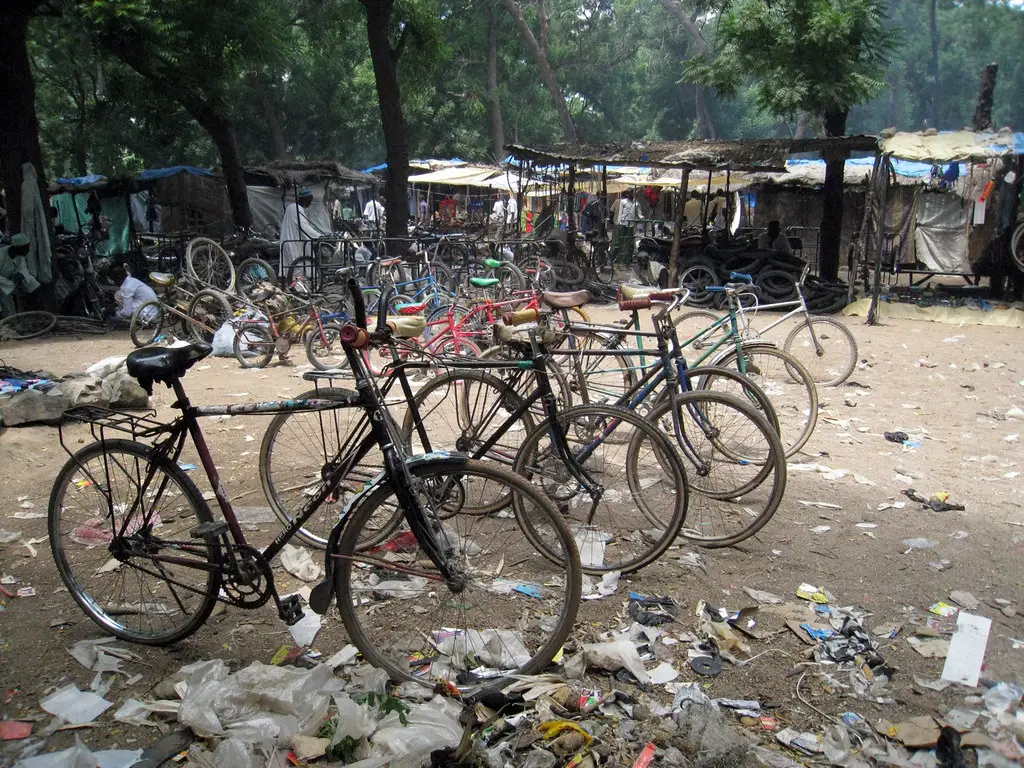
Maroua Market is the bustling central market of the city of Maroua, situated in the Far North Region of Cameroon.
What to see or do: Visitors can soak in the traditional and vibrant atmosphere of the market and browse through the stalls selling a variety of goods ranging from fresh vegetables and fruits to textiles, fabrics, jewelry, and traditional crafts.
Don’t miss: The locally produced delicacies such as fresh honeycomb, dates, and delicious meat skewers are a must-try at the market.
Insider travel tips: It’s advised to visit the market early in the morning to avoid the heat and crowds. Bargaining is customary so make sure to haggle for the best prices.
Additionally, be cautious of pickpockets and keep an eye on your belongings.
28. Ngaoundéré Train Station
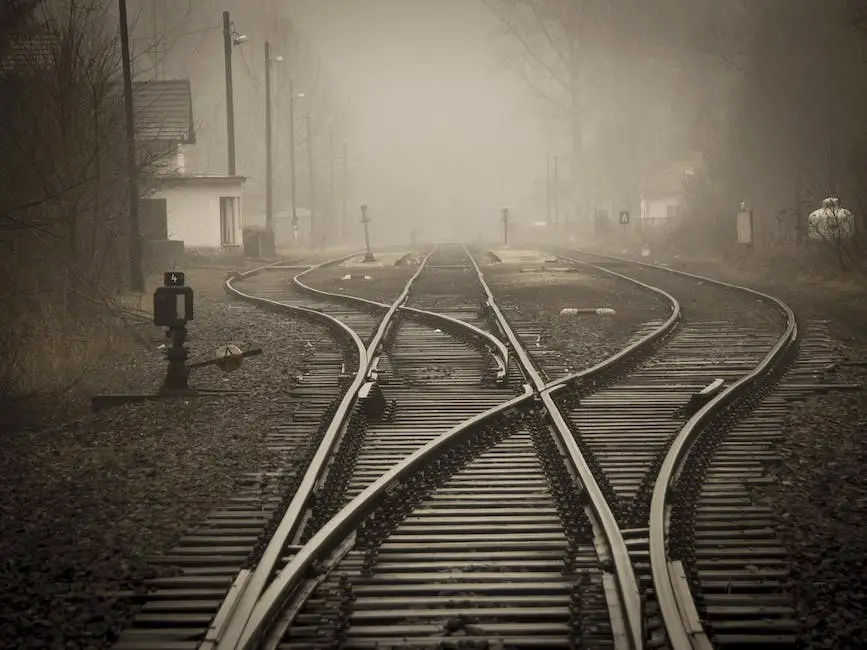
Ngaoundéré Train Station is a major railway station in Cameroon, serving as a transportation hub for both passengers and cargo.
What to see or do: While it is primarily a transportation hub, Ngaoundéré Train Station offers a unique opportunity to witness firsthand the bustling activity of Cameroon’s railway system.
Visitors can observe the loading and unloading of cargo, as well as see the diverse array of people who utilize the station for travel.
Don’t miss: Be sure to check out the numerous vendors selling local snacks and refreshments, and take in the colorful and vibrant atmosphere of the station.
Insider travel tips: The best time to visit Ngaoundéré Train Station is in the early morning, as this is when much of the activity takes place.
It’s also important to keep an eye on personal belongings, as the station can be crowded and chaotic at times.
29. Ngaoundaba Ranch
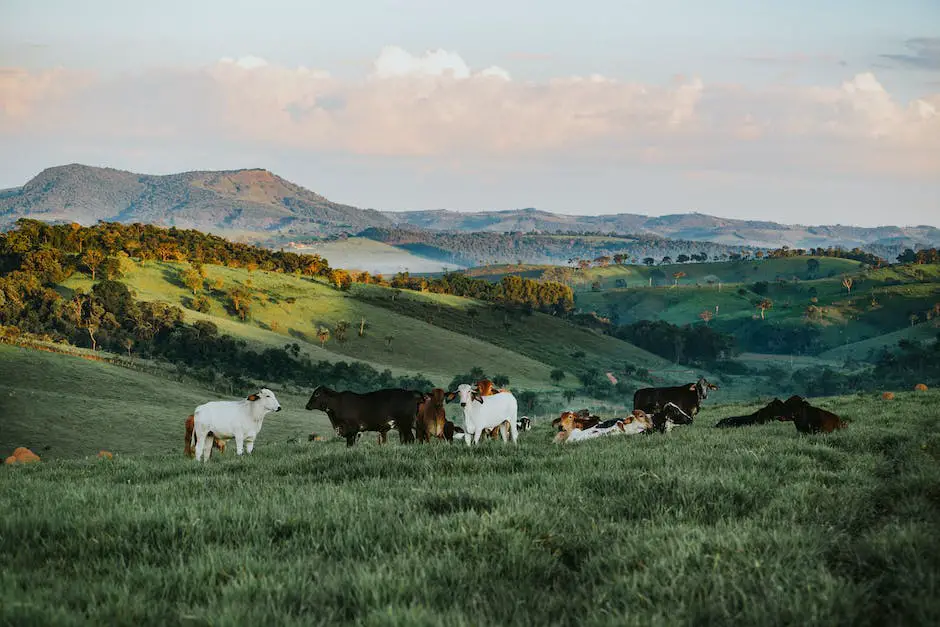
Ngaoundaba Ranch is a stunning nature reserve located in the Adamawa region of Cameroon.
What to see or do: Visitors can take a guided tour of the ranch to see its incredible wildlife, including elephants, giraffes, gazelles, and more. You can also go on a horseback ride through the countryside or even join a hunting party.
Don’t miss: Be sure to visit the ranch’s natural hot springs for a relaxing and rejuvenating soak in the warm waters.
Insider travel tips: Bring sunscreen, insect repellent, and comfortable walking shoes as you will spend a lot of time outdoors. You should also book a guided tour in advance to ensure you don’t miss anything.
Finally, don’t forget to try the local food – it’s delicious!
30. Catholic Cathedral of Yaoundé
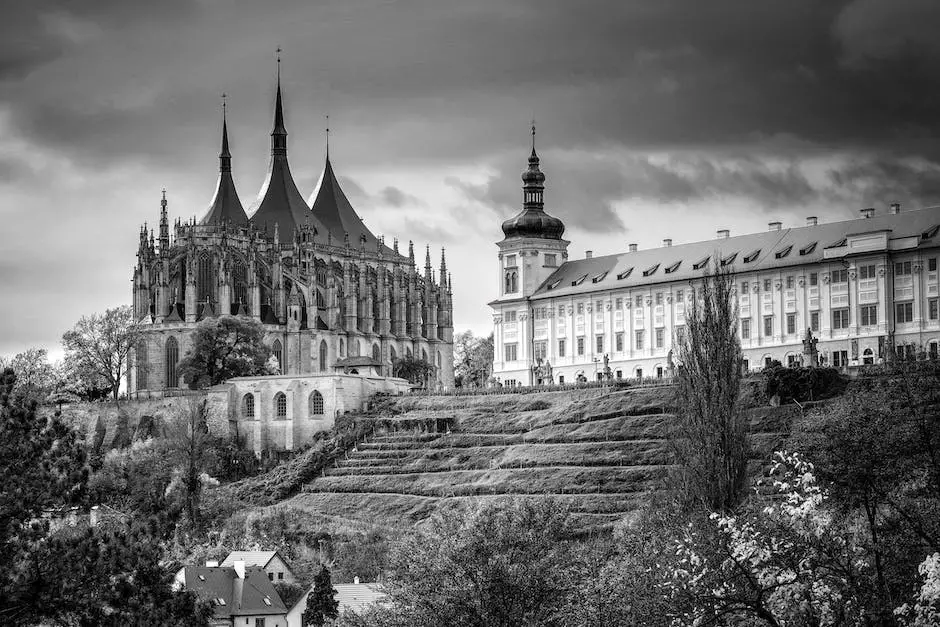
The Catholic Cathedral of Yaoundé is a prominent religious landmark located in the heart of Cameroon’s capital city.
What to see or do: Visitors can admire the stunning Gothic-inspired architecture and intricate stained-glass windows of the cathedral’s interior. They can also attend mass with the city’s Catholic community, as it is one of Yaoundé’s main places of worship.
Don’t miss: Don’t miss the opportunity to climb to the top of the cathedral’s tower for breathtaking panoramic views of the city.
Insider travel tips: Arrive early for mass to ensure a good seat and avoid crowds. Dress appropriately for church, and be sure to respect the solemnity of the occasion.
Avoid visiting during rush hour traffic in the surrounding area.